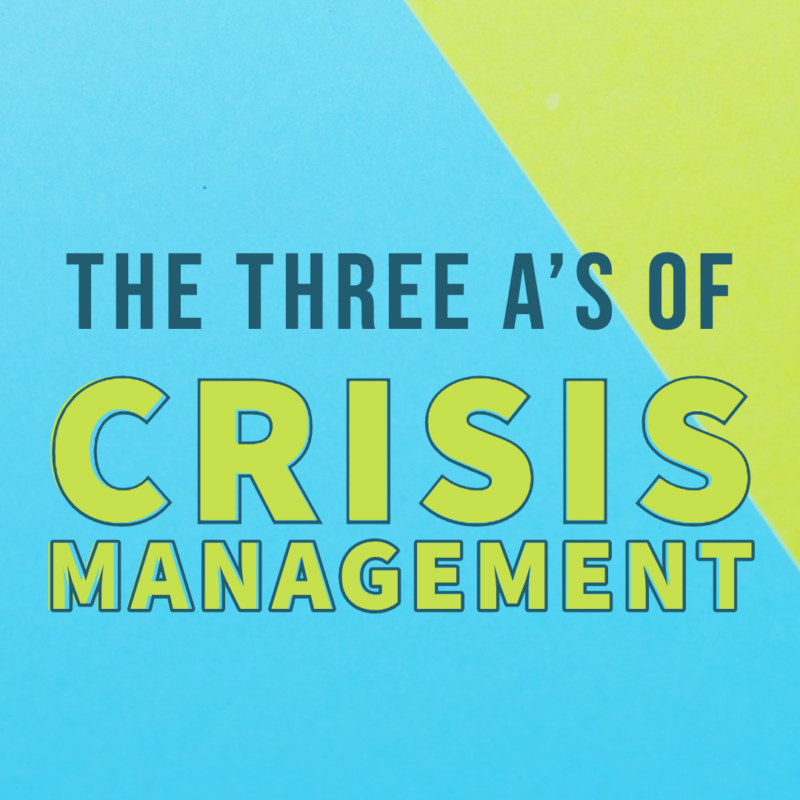What do you do when an employee goes rogue?
By Murray Lace and Taylor Jolley
Employers and their human resources department are accustomed to handling employee issues when they happen inside the confines of the office. It’s part of their job description to manage the team’s behavior when it goes against company policy. But, what happens when employee mistakes and mishaps committed outside the workplace go viral, creating a mass aura of negativity and impact for the employer?
Since the birth of the smartphone in the early 2000s, Americans have almost all come to carry a camera and video recorder in their pocket. When people behave badly in public, onlookers’ first response is to grab their phone and snap a photo or hit record. Those photos and videos can then be shared on social media, which can result in immediate and fierce backlash.
From the incident involving a harmless bird-watcher in New York City’s Central Park to a Harvard graduate posting threatening videos on TikTok, moral compasses seem to have taken a back seat. These careless and jaw-dropping actions result in almost immediate identification and stiff consequences. Amy Cooper, the woman who called the cops on the Central Park bird-watcher, was fired from the global investment firm Franklin Templeton. And, Claira Janover, who was employed by Deloitte, experienced the same professional fate.
As a company, retaining employees after a viral meltdown is a difficult decision to justify. But many may be asking how this can be prevented and what to do in the wake of such public backlash? Start by engaging your public relations team.
If you find your company in this situation, work quickly to make an employee retention decision and swiftly engage your PR team to work on a response. Is there clear language in your culture handbook that addresses how employees are expected to behave in public? If so, leverage that language as you craft response statements. Work with your human resources and legal departments to determine how much information you’re legally able to share with the public. Integrate your company’s values into your response statements – especially if your former employee’s actions stand in direct opposition to your company’s beliefs. Respond to comments, questions and concerns firmly and clearly. Be bold and take a stance if you believe your former employee’s actions are inexcusable.
There is no guarantee that even the best statement and response plan will satisfy the roaring backlash you might be hearing. But even the fiercest criticism can be leveraged to enact meaningful change. Though you’re not responsible for the feelings of your individual employees, there are things that you can do to attract and retain employees whose beliefs, and hopefully actions, are in alignment with your company’s.
Hold regular meetings and internal discussions with your team. Within the confines of your legal guidance, discuss why you made your retention decision and consider integrating relevant training into your professional development repertoire. If you don’t have behavioral expectations in your culture handbook, integrate them meaningfully and share that with your employees. Your team should walk away knowing what is acceptable and unacceptable behavior as an employee of your company and what the outcome will be should they behave inappropriately.
Once you’ve moved through the initial response page, take time to look within your company materials, hiring and recruitment language, employee handbook and other materials to ensure the language you’re putting out into the world reflects the values of your company. Work to scrap language that isn’t reflective of your beliefs and continue transparent communication with internal and external publics about the changes you’re making. Don’t approach this step in a lackadaisical manner – many companies have been burned for releasing strong initial statements only to fail to enact meaningful change when onlookers follow up in the future.
Ultimately, you cannot control the behavior of your employees once they clock out, but you can control your response to an outburst. Even if you aren’t in the midst of an employee-centered crisis, you can take steps today to create a healthier environment, one where you’re recruiting and retaining employees of character. And one where your company’s language matches your company’s actions.


